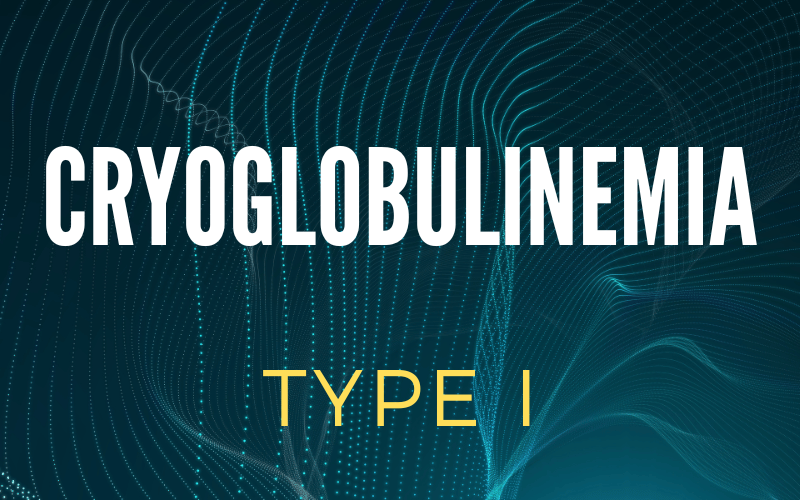Introduction: Grasping the Essentials of Cryoglobulinemia

In the intricate tapestry of medical terminology, some terms can seem overwhelmingly complex, not just in pronunciation but also in their implications. One such term is “Cryoglobulinemia“. While it might sound like a word straight out of a dense medical textbook, it represents a condition that touches lives, with its mysterious symptoms and varied manifestations.
At its core, Cryoglobulinemia is the presence of abnormal proteins, known as cryoglobulins, in the blood. But this isn’t a simple story of rogue proteins. These cryoglobulins possess the ability to influence blood vessels in profound ways, leading to a cascade of symptoms, some subtle and others glaringly apparent. Recognizing these signs early can make all the difference in managing the condition, emphasizing the value of awareness.
However, it isn’t enough to just be aware of the condition in a general sense. True empowerment comes from understanding its nuances. And Cryoglobulinemia is riddled with nuances, especially when one delves into its types. Each type, as we will see, offers a unique insight into how the body reacts and how the disease progresses.
So, as we embark on this exploration, our objective is clear: to demystify Cryoglobulinemia. Whether you’re a patient, a caregiver, or someone with a keen interest in health, the following sections aim to provide clarity, shedding light on this condition’s many facets, from its types to its implications on overall health.
Type 1: The Lone Monoclonal Warrior: Understanding Type I Cryoglobulinemia

When it comes to cryoglobulinemia, the three types distinctly vary in their make-up and implications. Type I Cryoglobulinemia is marked by an increased presence of a single type of antibody, making it monoclonal in nature. This unique characteristic sets it apart from the other types, which involve mixed cryoglobulin compositions.
This monoclonality arises due to specific underlying conditions, particularly certain malignancies such as lymphoma. It’s interesting to note how this specific type doesn’t owe its existence to multiple antibodies but rides solo with just one. The symptoms, too, exhibit a specific set. Skin ulcers and pain are predominant, painting a clear picture of Type I’s impact on the body.
Now, delving deeper into its intricacies, there’s a facet that needs exploration: its link with cold weather. Cryoglobulins in this type often precipitate in colder temperatures, leading to symptoms flaring up in chilly conditions. Thus, for those living in colder climates or even those facing seasonal variations, understanding this aspect becomes crucial.
Furthermore, the vascular manifestations of this type are intriguing. The proteins, in their course, can lead to the thickening of vessel walls, ultimately causing obstructions. It’s a silent battle inside the body, where the blood vessels undergo changes, influencing the overall circulation and, consequently, the organ functions.
When faced with Type I Cryoglobulinemia, the body’s response is not always uniform. Variations in symptoms, intensity, and progression speed are frequent. It’s a dance of the monoclonal antibodies, with the body’s rhythm constantly shifting. (1)